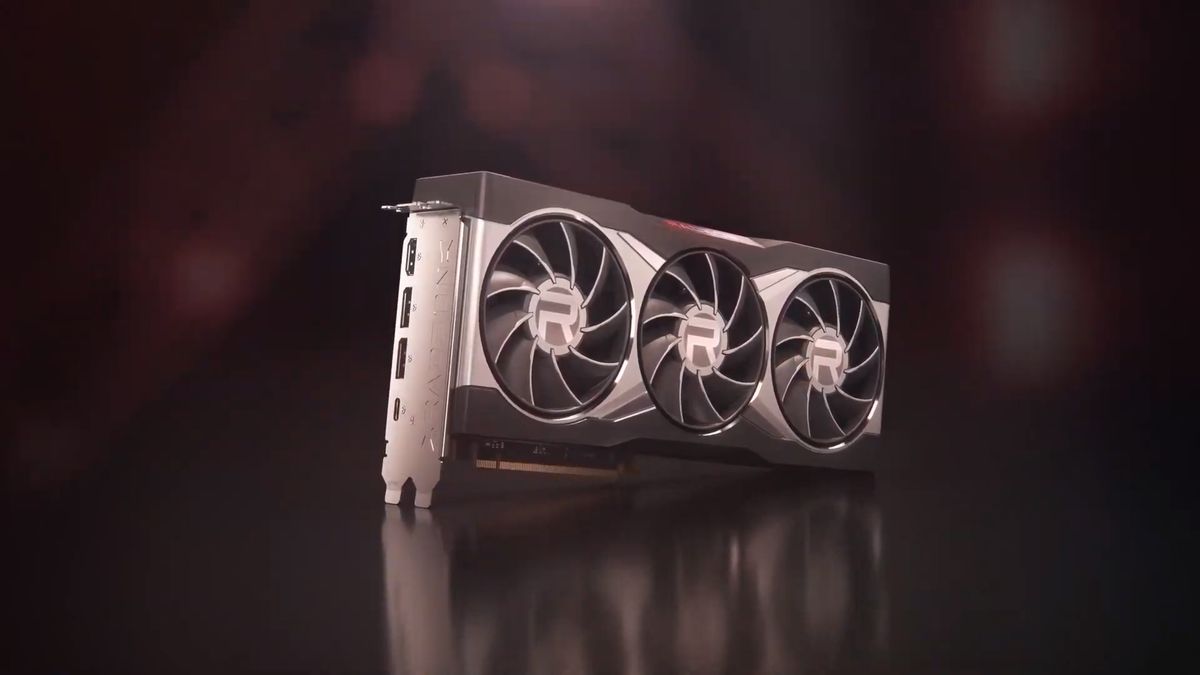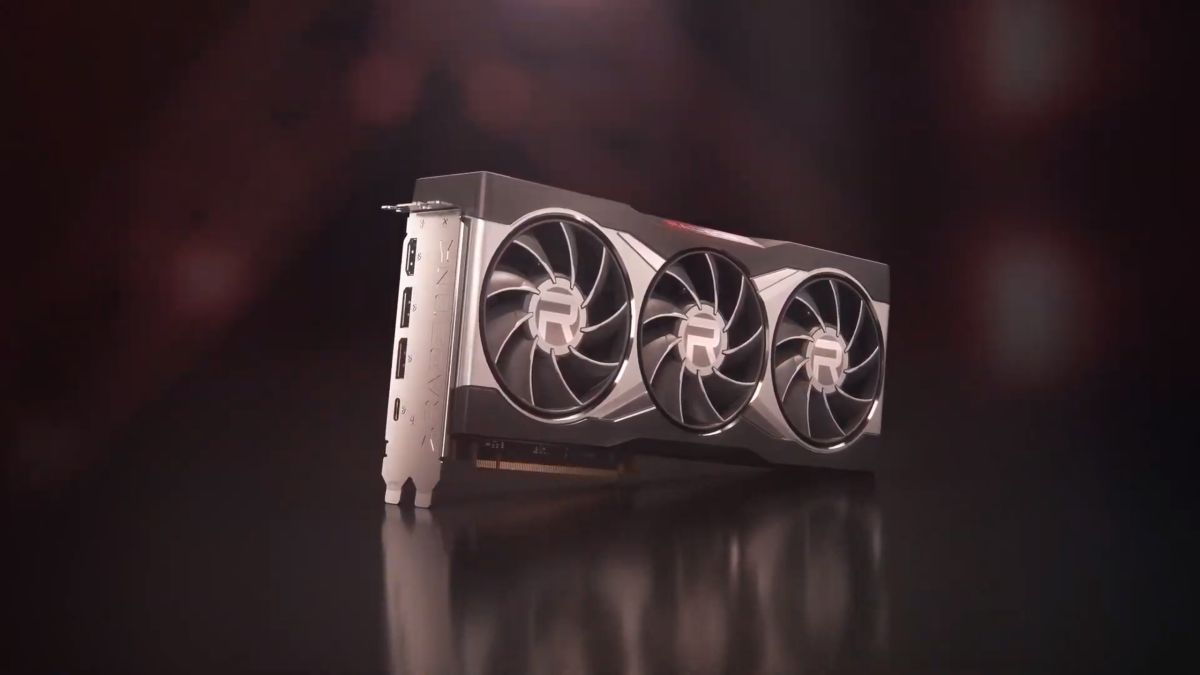
Usually, desktop GPU announcements are kind of a big deal. The big dogs AMD and Nvidia (and soon their new challenger Intel) typically want to get as many eyes on new graphics cards as possible, with major fanfare across all channels. Not so with the latest GPU from AMD, though: the Radeon RX 6700.
The RX 6700 launched quietly on June 9, joining the GPU family that already includes the solid RX 6700 XT and RX 6750 XT. It’s essentially a desktop version of the RX 6700M found in some gaming laptops from 2021, albeit with higher clocks. Compared to its XT sibling, the RX 6700 has 10GB of VRAM as opposed to 12GB along with fewer compute units and less cache memory.
There’s no official pricing on the RX 6700 just yet, but we can reasonably expect it to fall between the RX 6700 XT and the more recent RX 6650 XT, which would put it somewhere around $450. Based on the 1080p-targeting specs, the new card should be roughly comparable to Nvidia’s RTX 3060 Ti, which retails at $399 (around £330, AU$600) – though you’ll still struggle to find one for shy of five hundred bucks.
Analysis: Why the heck does AMD keep shoving new GPUs out the door?
This isn’t the first time AMD has announced a new desktop GPU with little fanfare. Back in April, Team Red stealth-launched the budget RX 6400, a Navi 24-based GPU designed for low-profile systems that demanded a compact graphics card. Back then, I put down the quiet launch to the RX 6400’s generally unimpressive specs and lack of overclocking, but the RX 6700 announcement has got me thinking.
The GPU market is already heavily saturated on both sides, with twelve different GPUs in the RX 6000 series alone, while Nvidia currently offers nine RTX 30-series cards plus more in the 16-series range. Nvidia’s last-gen 20-series only featured seven GPUs, and that’s including the ‘Super’ variants that the 30-series hasn’t seen.
With Intel gearing up to enter the desktop GPU market later this year, it’s hard to understand why both major manufacturers seem set on flooding the market with an overabundance of choices. The sheer range of graphics cards on offer right now is liable to confuse consumers, especially given AMD’s increasingly homogenous naming conventions.
The other question that bears asking is why exactly we needed the RX 6700 in the first place. As rubbish as it may have been, the RX 6400 at least filled a super-budget gap in AMD’s GPU portfolio. This new card, on the other hand, is squished in between two already-established options, one of which has been on sale for over a year now. In my opinion, it’s an unnecessary addition and frankly a somewhat bizarre move from AMD.
We reached out to AMD for comment and will update this story if we receive a response.
From Neowin
